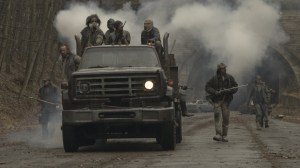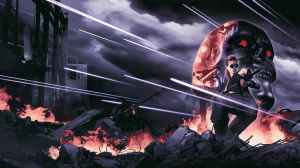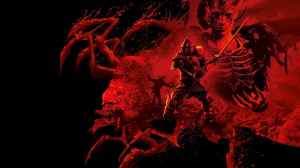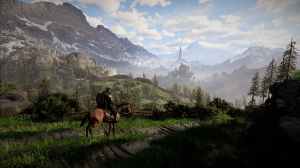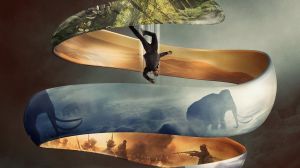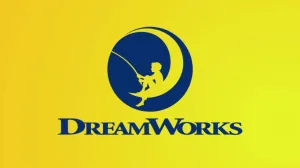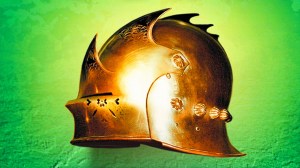“The Pixar Theory” has been gaining a lot of steam on social media lately, and it’s easy to see why. The idea is that all of the studio’s movies take place in a shared universe — and not just that, but they all contribute to one grand, overarching story. This concept has been around online for years, but it has been pushed to particular extremes by writer Jon Negroni, who has worked to find all the connections between these movies and make sense of them in one grand, unifying story. This includes putting the movies in order on a timeline that is different from the release order, and extrapolating concepts from one title to another.
Videos by ComicBook.com
Negroni covers every single Pixar movie in his two books on this subject, and on his website. As you might expect, some of the connections are vague and tangential, but below are 10 of the biggest pieces of evidence to get you started. If you want to dig deeper, be warned that this rabbit hole goes deep, and you may never be able to watch a Pixar movie the same way again. Read on for the 10 Pixar movies that prove the studio is telling one big story in a shared universe.
Brave
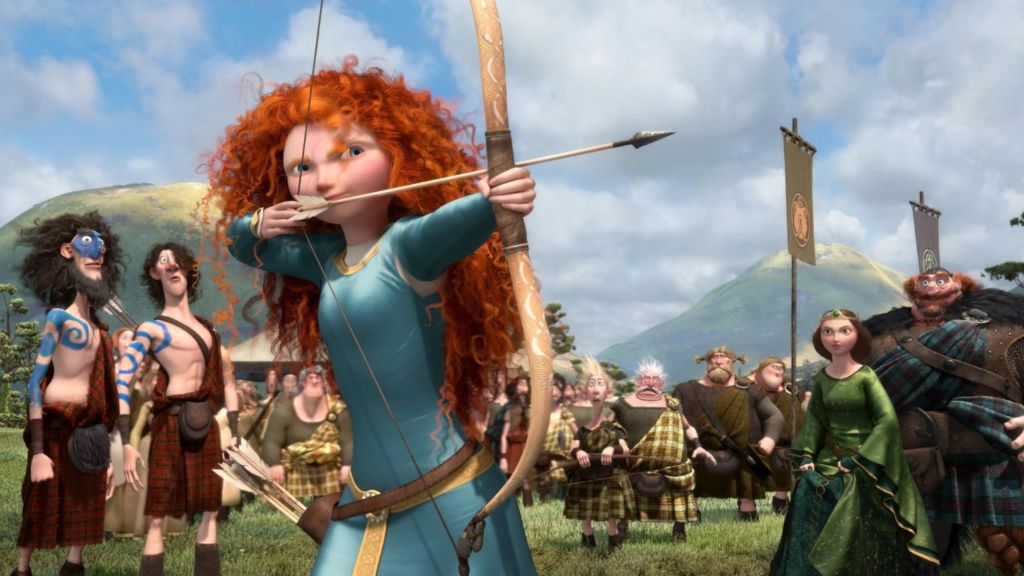
The major jumping-off point for “The Pixar Theory” is Brave, released in 2012. This historical fantasy film introduces us to a witch who can bring inanimate objects to life with her magic. Negroni postulates that this is the foundational magic behind many of Pixar’s other movies about anthropomorphized objects or animals — including Toy Story, Finding Nemo, Ratatouille and so on. Brave also shows us that the witch has teleportation magic she is not entirely in control of. This is important later if you subscribe to the idea that the witch may take other forms in other movies.
Ratatouille
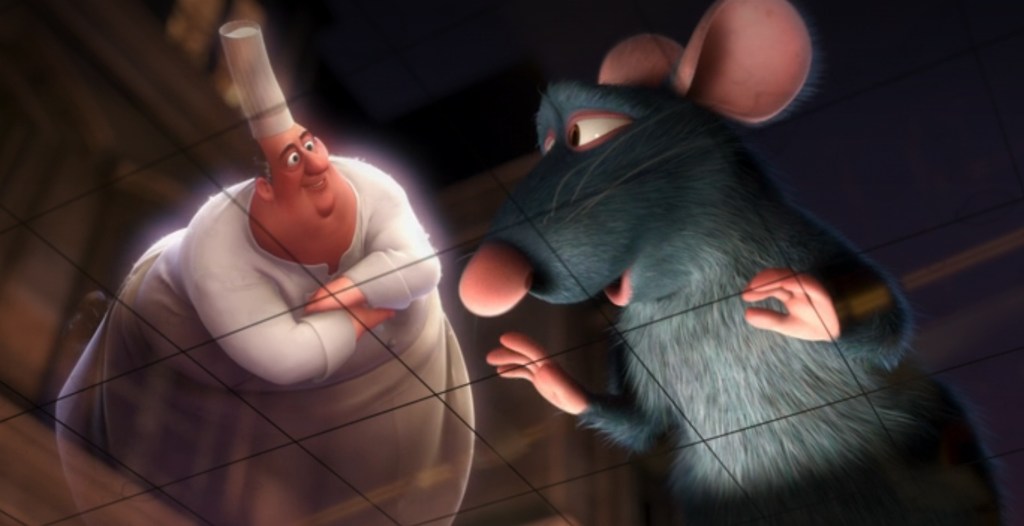
The Pixar Theory states that the talking, intelligent animals in all the other movies are the result of the lingering effects of the witch’s magic, and the next big advancement of this idea comes in Ratatouille. Remy proves that animals can rise to the level of intellect and talent of a human if given a chance, and in the end, the movie’s villain Chef Skinner disappears. The theory suggests that Skinner took his knowledge and experience of Remy to the proper authorities, who may have already been studying and experimenting on these talking animals.
Up
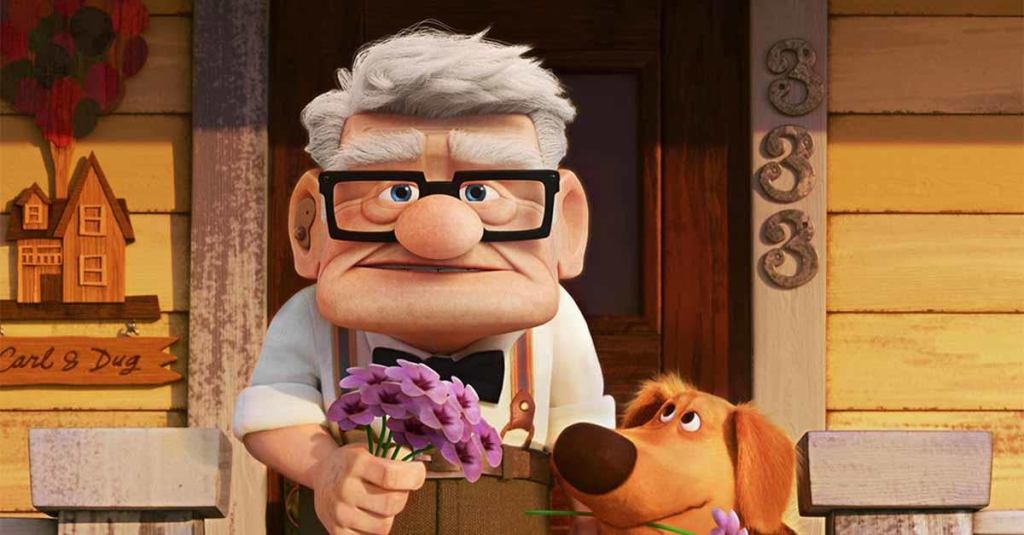
If the idea of animal experimentation seemed to grim for Pixar, buckle up. The next stop is Up, where dogs that can’t talk have been given advanced the ability to speak through advanced collar speakers. Negroni suggests that Up‘s Charles Muntz developed this idea partially based on the discoveries of Chef Skinner. Meanwhile, Muntz’s hunt for Kevin the bird could also be a sign of his dark intentions.
On a more lighthearted note, Negroni concludes that Up takes place after Ratatouille with a little help from Toy Story 3. The movie gives us a glimpse of Andy’s cork board, where we see a postcard from Carl and Ellie. This means Ellie is still alive at the time of Toy Story 3, which is after Ratatouille. Sadly, the other major connection in Up is more dire — Negroni proposes that Carl’s house was finally bought up by the corporation Buy-n-Large (BNL), which features heavily in other movies.
Wall-E
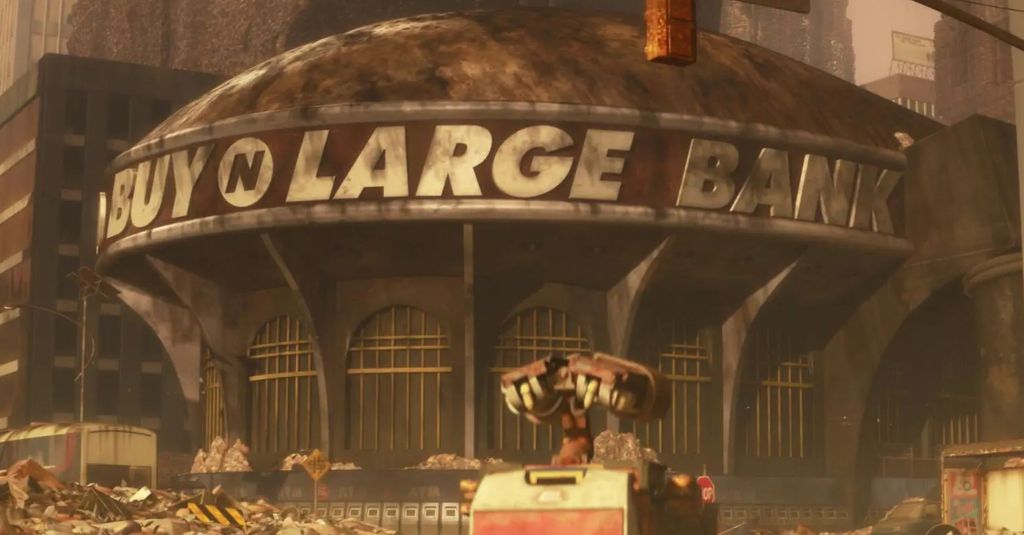
Skipping ahead to Wall-E, we can get a better idea of this over-arching narrative Negroni is proposing. In this futuristic movie, BNL has made the human population completely complacent in a filthy dystopia bereft of nuance and meaning. A featurette titled “History of BNL” even tells us that the corporation has taken over all the world’s governments. If this theory is correct, BNL’s rise to power is only possible because of the magic used in Brave.
The Incredibles
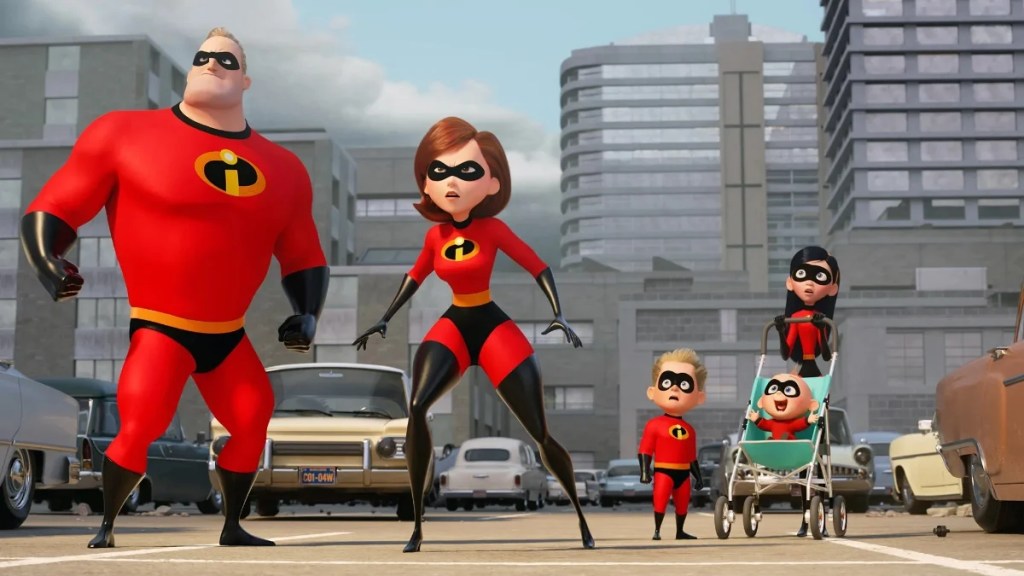
Wall-E obviously shows us how far robotics have come in the future, but according to the Pixar Theory, this aspect of the universe started in The Incredibles. Here, the villain Syndrome is able to create some incredible automatons with artificial intelligence and combat programming. Perhaps the rapid advancement of this AI was achieved with the help of the witch’s lingering magic, and the ongoing research into it? If sentience can be imbued in just about anything, the world really starts to come alive.
Toy Story
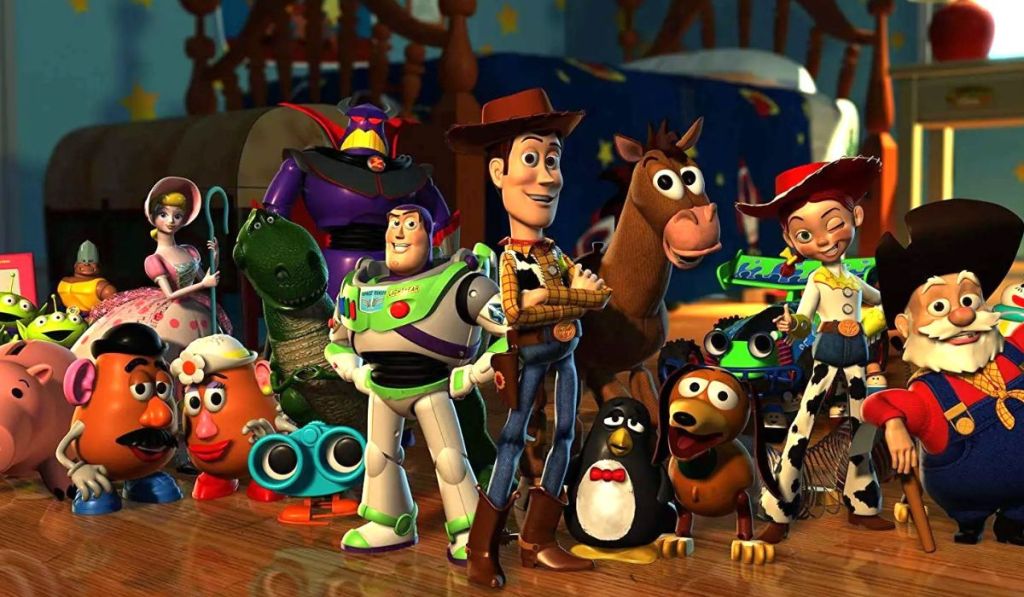
Syndrome’s work also leads us to Toy Story, where Negroni proposes that it’s no mistake or coincidence that children’s toys are alive. Instead, his theory suggests that toys were designed this way to research customers and draw power from them. Syndrome said that his machines run on Zero Point Energy — electromagnetic energy that exists all around us, but outside of our sensory range. The toys can draw on this energy, and perhaps other machines can, too.
However, we see firsthand the mental anguish toys experience once they are sentient, and it’s easy to imagine that this is true for all of these enhanced AI beings. Sid’s toys are prepared to rise against him in violent rebellion, and that may just be the tip of the iceberg. The Pixar Theory suggests that intelligent animals and AI-imbued objects will both rise up against humans, forcing the world into a three-way war with no real winner.
Cars
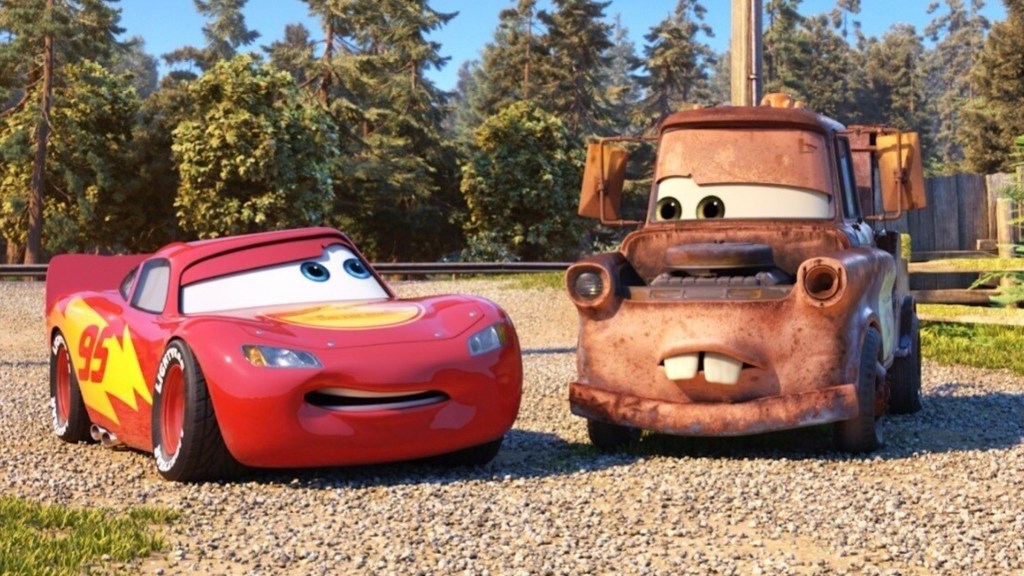
Connecting the timeline between contemporary movies like Toy Story and futuristic ones like Wall-E, we have movies like Cars. Here, the effects of the Anthropocene are clear, but there are no humans to populate it. The theory is that that’s because humans have now left Earth to escape the violence and the ravaged environment, leaving only the machines and animals to live in the wreckage. Lightning McQueen and his friends don’t seem too upset about it, but for all we know, these movies take place centuries later, when the fighting is just a distant memory.
A Bug’s Life
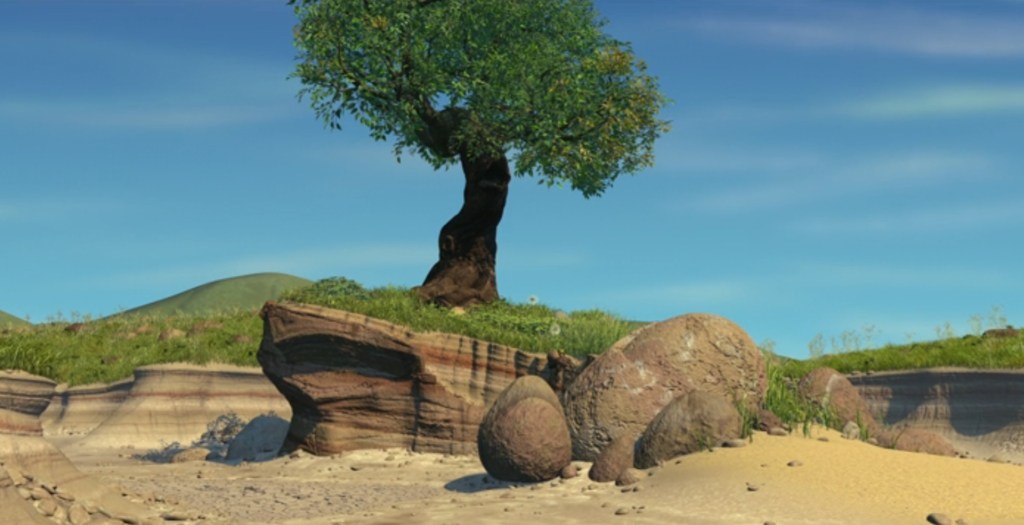
So far, it may sound like Wall-E is the climax and endpoint of this supposed unifying Pixar narrative, but it’s far from over. The movie ended on a hopeful note for life to return to the planet’s surface, as Wall-E planted a tree which took root and flourished. That tree looks an awful lot like the one we see in A Bug’s Life — a movie where the world is full of litter and insects, but surprisingly short on humans.
If this is true, Pixar’s first movie may fall very late on its timeline, after the events of Wall-E. It would make sense that bugs would flourish in the polluted remnants of Earth, and would begin to thrive there before humans had been able to return en masse. The biggest issue with this idea is the conspicuous lack of robots on the movie, but if you’ve come this far, you’re probably willing to give it a pass.
Monsters Inc.
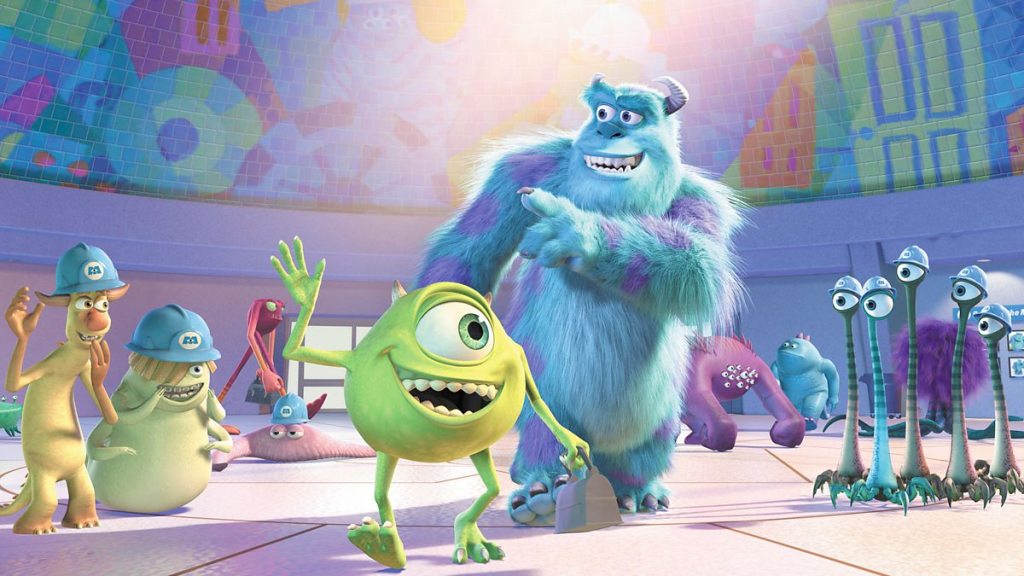
Now that advanced technology and magical mutation are on the table, we can imagine all kinds of ways that a society of fear-harvesting monsters came to exist. The theory suggests that Sully’s world in Monsters Inc. is actually the distant future, and that the doors they use to frighten children are actually time machines. They travel back in time to when humans were still abundant, and harvest their fear — or laughter — to power their futuristic society.
Inside Out
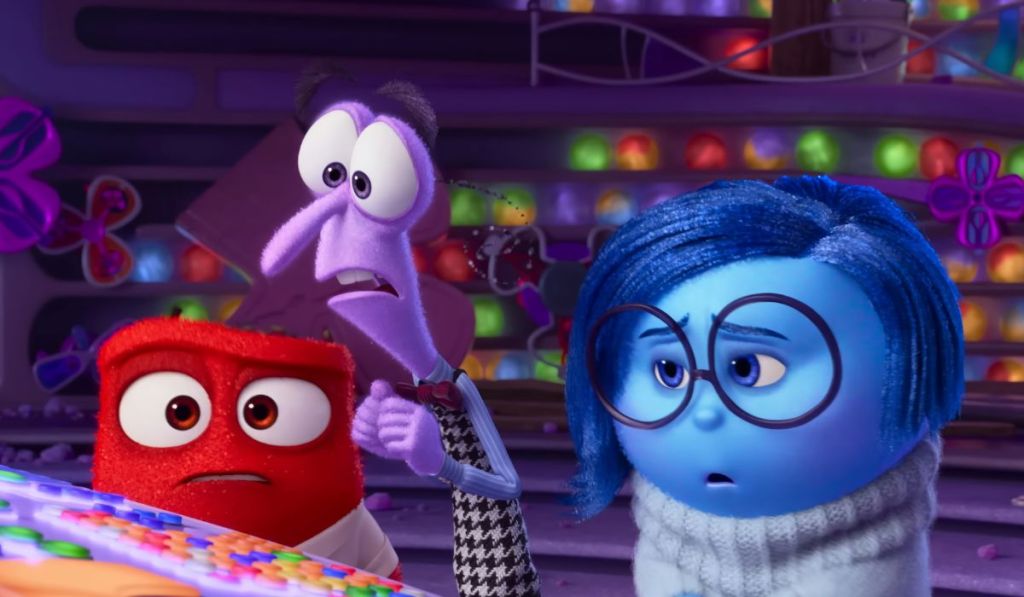
Whether you subscribe to the Pixar Theory or not, the connection between Monsters Inc. and Inside Out is pretty clear — fear and delight can both be harnessed as energy sources because emotions have a mystical power in the Pixar universe, and are almost like perpetual motion machines. By exploring the inner complexities of a character like Riley, we see how much is really going on inside an individual psyche, and it’s daunting to extrapolate that to the entire population. However, gaming that system must have some consequences, perhaps in a future movie.
Negroni’s books are available now in print and digital formats for those that want to explore these ideas more deeply. Pixar’s catalog is streaming now on Disney+.

